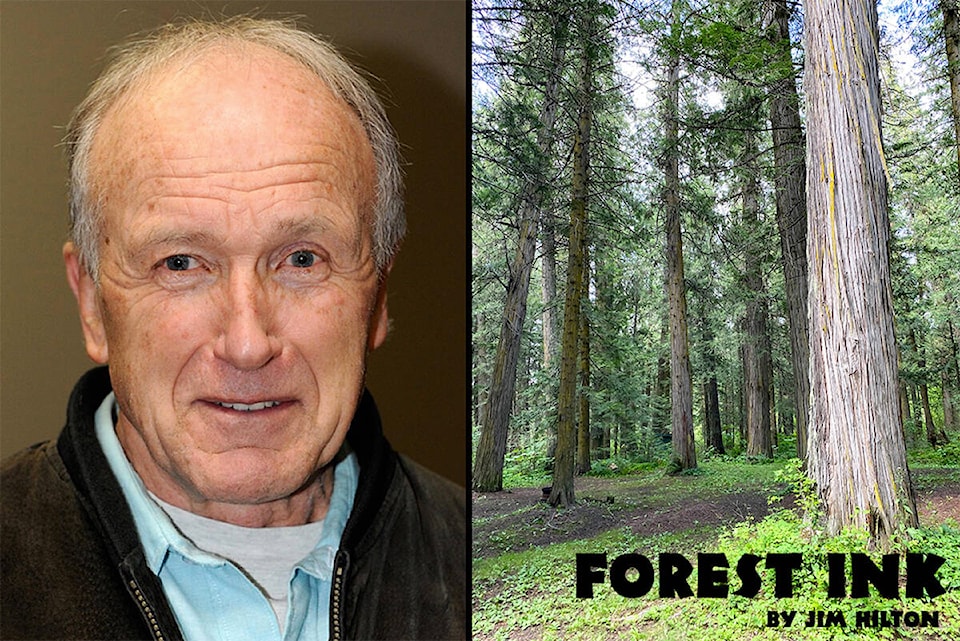During a recent zoom conference on community forests the use of residual logging material was discussed.
With the bioenergy plant and pellet plants located in Williams Lake the residual material within one to two hours is making it to the end users but residual material beyond that is often still burned on site. If it were possible to dry the residual material first it may be economical to transport the waste biomass to larger centres like Williams Lake or Quesnel.
The other alternative is to have a processor in the more remote areas so the end product is concentrated and more economical to ship or use on site. A recent article in the Logging and Sawmilling Journal describes the production of biodiesel and hydrogen as end products. Author Tony Kryznowski describes how Vanderwell Contractors will be supplying the raw material for a $35 million biofuel and hydrogen commercial demonstration project owned and operated by Expander Energy Inc. This will be the first plant in Canada to produce the biomass-to-gas-to-liquids (BGTL) end products.
Production in the new plant will begin in late 2022 and will make better use of the waste material generated by the Vanderwell sawmill located near Slave Lake, Alberta. This first phase will produce 6.5 million litres annually of biodiesel, also known as syndiesel, as well as 2.2 tonnes per day of blue hydrogen, which is hydrogen derived from breaking down methane molecules.
As with any new wood biomass venture it is more than just chemistry about converting wood waste into a useful end product but the process must also meet many government policies and regulations. As described in the article a diverse product mix (biodiesel and hydrogen) has a better chance for success but it must also meet levels of acceptable greenhouse gases. The conventional method of producing hydrogen is using natural gas as the primary feedstock but that gives off more than 10 tonnes of carbon dioxide for every tonne of hydrogen produced. As with any new technology the process is carried out on a small scale first. Expander Energy has been working with an affiliated company called Rocky Mountain GTL located in Carseland east of Calgary where a small scale plant as been producing biodiesel from raw natural gases. Since Expander Energy has spent considerable time, energy and effort implementing and validating the commercial viability of its technology at the small scale level it is confident that the first stage is worth the investment. The long-term goal is for a total, phased-in investment of $600 million in the Slave Lake area, to achieve production of 160 million litres per year of zero-carbon syndiesel and 50 tonnes per day of blue hydrogen.
As we transition away from using fossil fuels it is apparent that power sources to compliment the intermittent nature of solar and wind power will be needed for some time. The advantage of producing biodiesel and hydrogen from wood biomass that we are starting with a renewable source that is often burned at the landing. Burning biodiesel in a conventional engine captures a lot of the energy that is wasted when it is used to generate electricity but both sources produce carbon dioxide as end products.
The advantage of the hydrogen gas as an energy source is the end products are environmentally friendly. In the future if these production facilities were portable enough to be located in more remote sites close to the feed stocks this would be the best scenario.
READ MORE: COLUMNS: Biomass IPPS should have special status
READ MORE: First Nations project to remove biomass for markets in Williams Lake continues
Do you have something to add to this story, or something else we should report on? Email: cassidy.dankochik@quesnelobserver.com
Like us on Facebook and follow us on Twitter.
